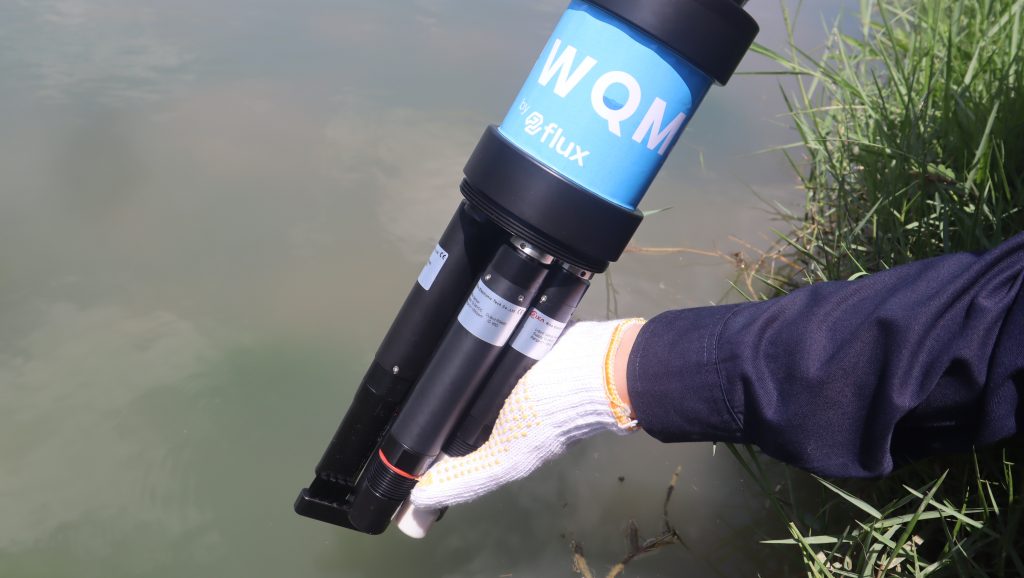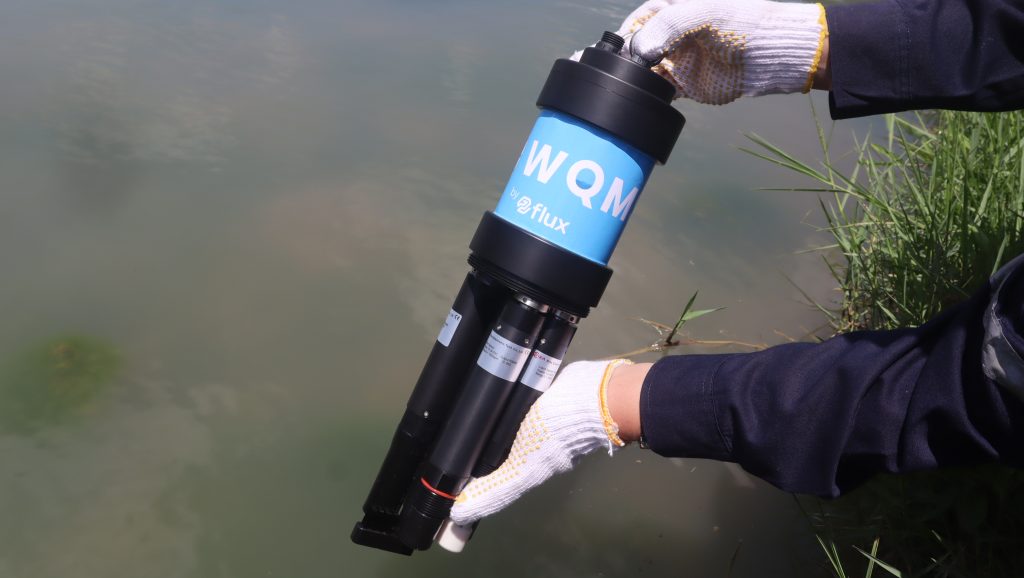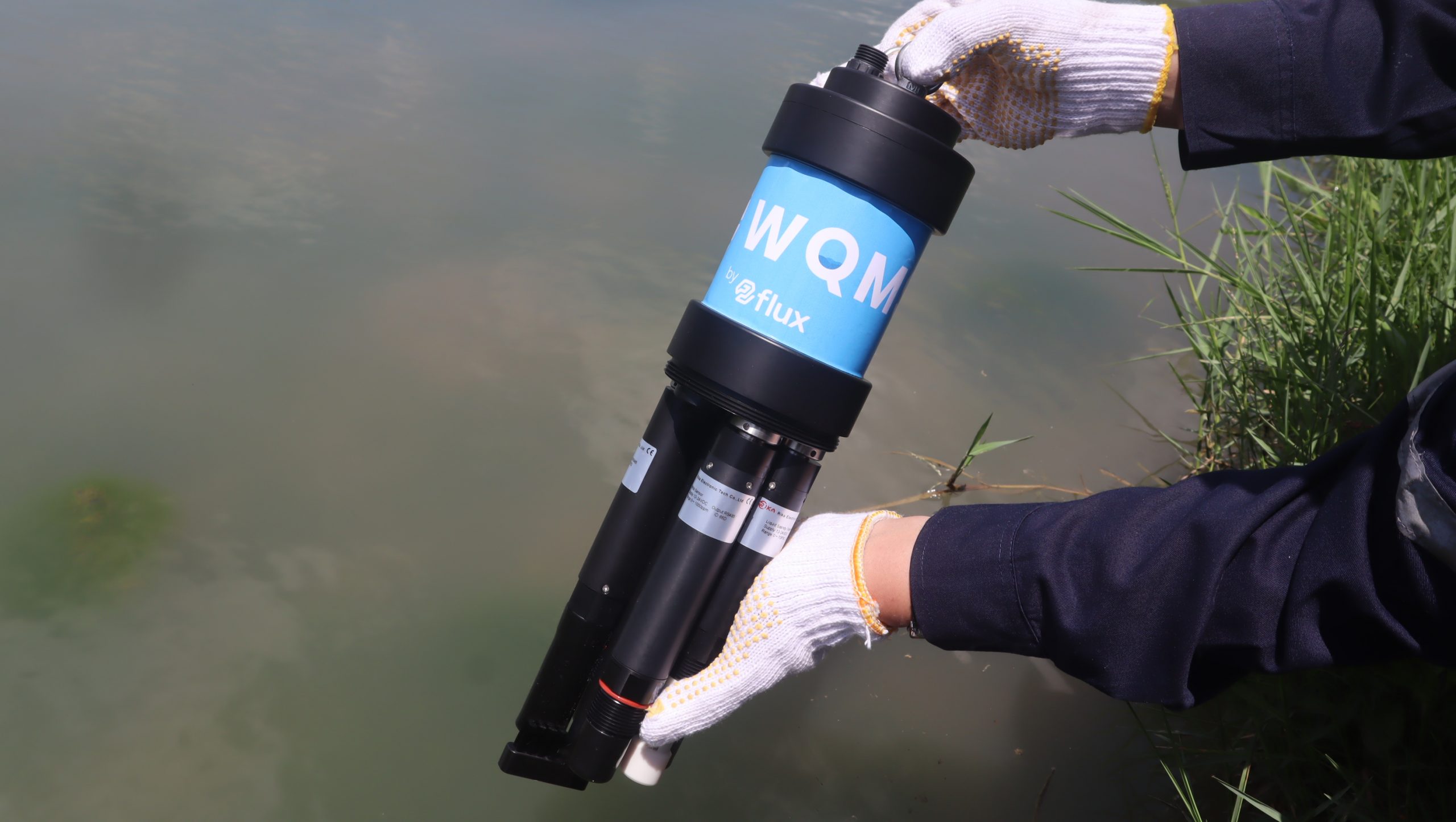Don't miss our holiday offer - 20% OFF!
Water quality plays a crucial role in public health, ecosystems, and economic sectors like agriculture and fisheries. As one of Indonesia’s industrial and commercial hubs, Semarang faces challenges in maintaining water quality due to industrial activities, climate change, and rapid urbanization. Recognizing these issues, PT Nocola IoT Solution, a leader in IoT technology, initiated the installation of Water Quality Monitoring Systems (WQMS) at strategic points in Semarang. This article explores the functions, features, and benefits of WQMS, showing how this technology addresses Semarang’s water quality problems.
Contents
- 1 1. Why Does Water Quality in Semarang Need Monitoring?
- 2 2. Understanding the Water Quality Monitoring System (WQMS)
- 3 3. Key Features of PT Nocola IoT Solution’s WQMS
- 4 4. Implementation of WQMS in Semarang: A Case Study by PT Nocola IoT Solution
- 5 5. Benefits of WQMS for Semarang
- 6 6. Challenges and Solutions in WQMS Implementation
- 7 Conclusion
1. Why Does Water Quality in Semarang Need Monitoring?

Read More: How Water Quality Sensors Work: Enhancing Irrigation Management and Plant Health in Agriculture
1.1 Impact on Public Health
Poor water quality can cause various health issues such as diarrhea, skin infections, and heavy metal poisoning. Pollution from industrial waste, household waste, and agricultural runoff contributes significantly to these problems in Semarang.
1.2 Environmental and Economic Challenges
Contaminated water damages aquatic ecosystems, disrupting fish habitats and reducing fishermen’s catches. This decline directly affects the local economy. Moreover, the increasing cost of water treatment burdens both the government and communities.
1.3 The Need for Innovative Solutions
The complex challenges of water quality require innovative solutions. PT Nocola IoT Solution’s installation of WQMS aims to provide real-time monitoring and accurate data, enabling proactive actions to maintain water quality.
2. Understanding the Water Quality Monitoring System (WQMS)

2.1 What is WQMS?
The Water Quality Monitoring System (WQMS) uses IoT technology to track various water quality parameters, such as pH, dissolved oxygen, temperature, turbidity, and contaminant levels. This system integrates sensors, communication networks, and data platforms to provide real-time water condition data.
2.2 Main Components of WQMS
- Water Sensors: These sensors detect physical and chemical water parameters like pH, dissolved oxygen, and nitrates. They are highly sensitive and designed to work in various conditions.
- Data Processing Unit: It analyzes the collected data using smart algorithms to detect early signs of water quality anomalies.
- Communication Network: The system uses IoT communication networks such as LoRa, NB-IoT, or 4G/5G to send data in real-time to the monitoring center.
- Monitoring Platform: Users can access analyzed data through an online platform, which displays it in clear graphs and reports.
2.3 How WQMS Works
WQMS gathers data from sensors placed in water bodies like rivers, reservoirs, and industrial waste channels. The system then sends this data to a central server, where analysis occurs. The results are displayed in easy-to-understand formats, allowing for timely decision-making.
3. Key Features of PT Nocola IoT Solution’s WQMS

Read More: How Water Quality Sensors Work to Improve Safety and Health in School Environments
3.1 Real-Time Monitoring
WQMS monitors water quality continuously, enabling early detection of pollutants and allowing preventive actions before issues escalate.
3.2 Automatic Notification System
The system sends alerts if water quality parameters exceed safe levels. Notifications reach managers via SMS, email, or mobile apps, ensuring immediate response.
3.3 AI-Based Data Analysis
Artificial intelligence powers WQMS’s predictive analysis, forecasting future water quality trends based on historical data. This feature aids in strategic planning for water management.
3.4 Scalability and Easy Integration
WQMS easily integrates with other systems and scales up from single-point monitoring to a wider network, adapting to the needs of various monitoring projects.
3.5 Operational Cost Savings
Automation reduces the need for costly manual monitoring and minimizes human error, lowering operational costs for governments and industries.
4. Implementation of WQMS in Semarang: A Case Study by PT Nocola IoT Solution

Read More: pH Sensor for Ideal Water Conditions in Fisheries
4.1 Strategic Installation Locations
PT Nocola IoT Solution installed WQMS in key areas of Semarang, including major rivers, reservoirs, and industrial waste points. They selected these locations based on pollution risk assessments and monitoring needs.
4.2 Collaboration with Government and Communities
PT Nocola collaborated with the city government, environmental agencies, and local communities. They provided training for field officers on operating WQMS and conducted workshops to raise public awareness about water quality.
4.3 Monitoring Results and Their Impact
The system has shown improvements in water quality at several sites following corrective actions based on data insights. Local governments use the data to inform environmental policy decisions.
5. Benefits of WQMS for Semarang

Read More: Water Current Sensors: Key Tech for Revealing Flood Flow Secrets
5.1 Preventing Water Pollution
Continuous monitoring detects pollution early, allowing immediate mitigation to prevent further damage.
5.2 Improving Public Health
Cleaner water reduces health risks, ensuring safer water for consumption and other uses.
5.3 Supporting Ecosystem Sustainability
Maintaining water supports aquatic ecosystems, contributing to sustainable natural resources like fisheries and agriculture.
5.4 Promoting Transparency and Accountability
WQMS data is accessible to the public, promoting transparency in water management and increasing accountability among stakeholders.
6. Challenges and Solutions in WQMS Implementation
6.1 Technical and Logistical Challenges
Implementing WQMS involves challenges like limited communication networks, installation costs, and maintenance needs. PT Nocola addresses these issues by providing robust IoT solutions that perform in challenging conditions and ensuring strong technical support.
6.2 Community Awareness and Participation
Technology alone isn’t enough; community participation is crucial in maintaining water quality. PT Nocola continues to educate the public, highlighting the importance of clean water sources.
Conclusion
The WQMS installation by PT Nocola IoT Solution marks a critical advancement in Semarang’s water quality management. This technology offers a reliable solution for monitoring water conditions in real time, preventing pollution, and supporting ecosystem health. Success relies on strong collaboration among governments, businesses, and communities. With shared commitment, water quality in Semarang can continue to improve, benefiting health, the environment, and the economy for the long term.





